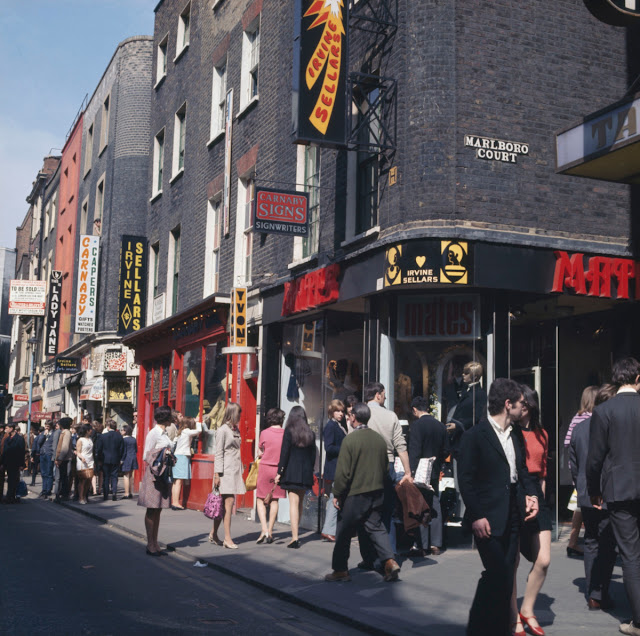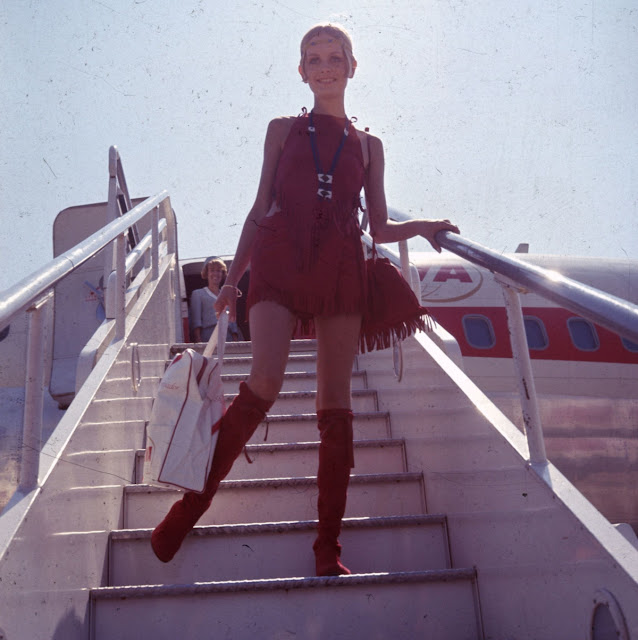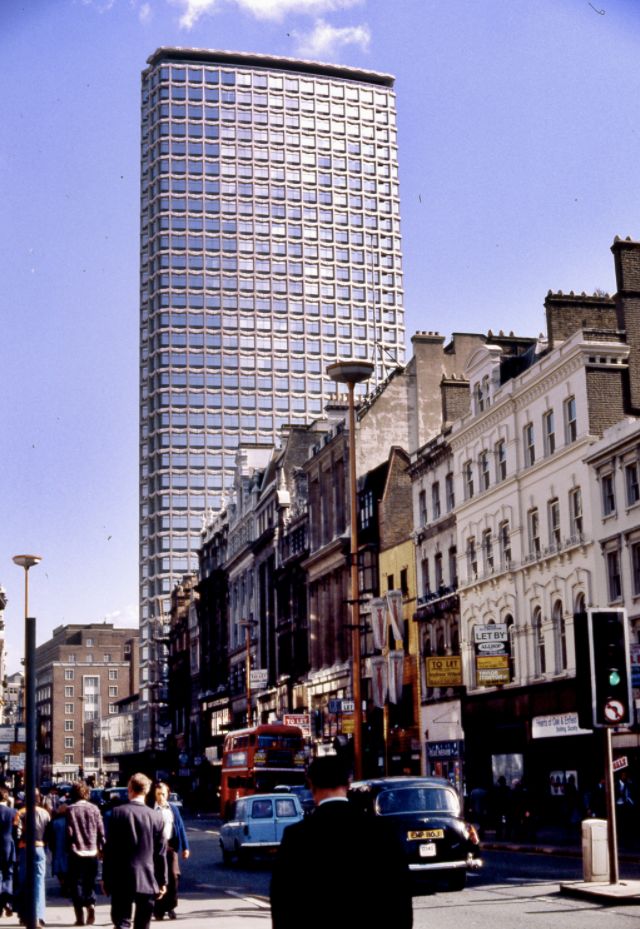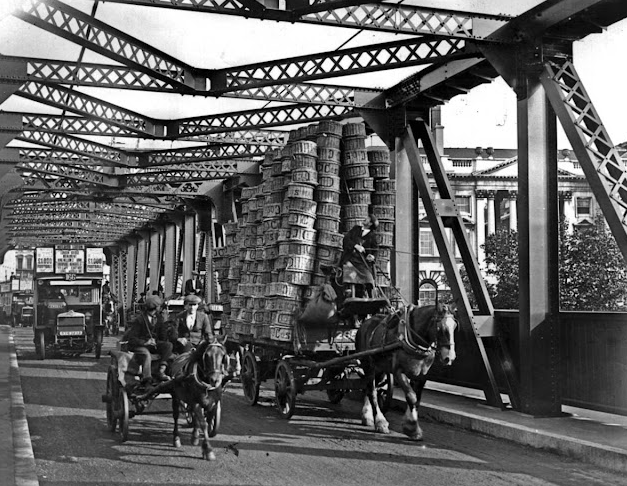The Swinging Sixties was a youth-driven cultural revolution that took place in the United Kingdom during the mid-to-late 1960s, emphasizing modernity and fun-loving hedonism, with Swinging London as its center.
It saw a flourishing in art, music and fashion, and was symbolized by the city’s “pop and fashion exports.” Among its key elements were the Beatles, as leaders of the British Invasion of musical acts; Mary Quant’s miniskirt; popular fashion models such as Twiggy and Jean Shrimpton; the mod subculture; the iconic status of popular shopping areas such as London's King’s Road, Kensington and Carnaby Street; the political activism of the anti-nuclear movement; and sexual liberation.
Music was a big part of the scene, with “the London sound” including the Who, the Kinks, the Small Faces and the Rolling Stones, bands that were the mainstay of pirate radio stations like Radio Caroline and Swinging Radio England. Swinging London also reached British cinema, which, according to the British Film Institute, “saw a surge in formal experimentation, freedom of expression, color, and comedy.”
During this period, creative types of all kinds gravitated to the capital, from artists and writers to magazine publishers, photographers, advertisers, film-makers and product designers.
London in the 1960s
London in the 1960s
London in the 1960s
London in the 1960s
London in the 1960s
London in the 1960s
London in the 1960s
London in the 1960s
London in the 1960s
London in the 1960s
London in the 1960s
London in the 1960s
London in the 1960s
London in the 1960s
London in the 1960s
London in the 1960s
London in the 1960s
London in the 1960s
London in the 1960s
London in the 1960s
London in the 1960s
London in the 1960s
London in the 1960s
London in the 1960s
London in the 1960s
London in the 1960s
London in the 1960s
London in the 1960s
































